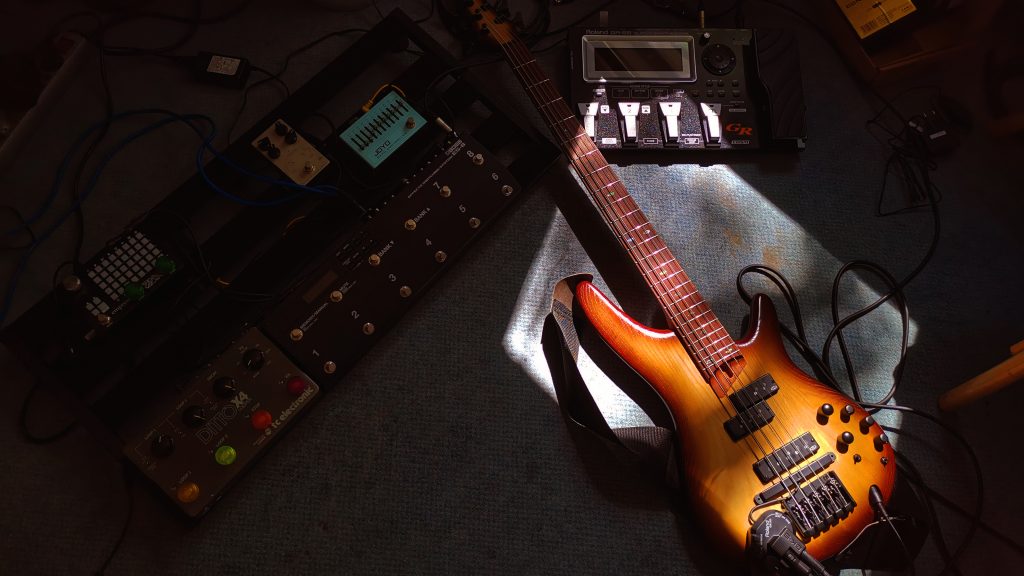Loopers are versatile tools that come in different types, including hardware and software options. They can be single pedal loopers, multi-track loopers, or dedicated loopers within digital audio workstations (DAWs). However, looping has its intricacies, including setting loop lengths, overdubbing, and controlling volume and pan for each loop. It is important to understand the different types of loopers and their functions to make an informed decision when choosing one.
Hardware loopers are standalone units that allow you to record and playback loops in real-time, without the need for a computer or other software. Software loopers, on the other hand, are computer programs that allow you to record and manipulate loops within a digital audio workstation (DAW). While hardware loopers are great for live performances and offer greater control over loop timing and playback, software loopers are often more feature-rich and offer more complex loop manipulation options.
Single-pedal loopers use a single pedal to record and playback loops. Multi-track loopers, on the other hand, allow you to record and playback multiple loops simultaneously, with each loop assigned to a separate track. While single-pedal loopers are simpler and more affordable, multi-track loopers allow for more complex arrangements.
Dedicated loopers are standalone units designed specifically for looping, while loop functions in DAWs are often built-in features that allow you to record and manipulate loops within a larger digital audio production. Dedicated loopers offer greater control and flexibility for live performance, while loop functions in DAWs can be more convenient for studio recording and production.
When choosing a looper, it’s essential to consider your budget, the complexity of the loops you want to create, and whether you need a looper for live performance, studio recording, or both. By weighing the pros and cons of each type of looper, you can find the one that best suits your needs and allows you to fully explore the creative possibilities of looping.
My first looper was the built-in looper of the Boss GT-10B. At first, I struggled with it because the looper immediately showed me if my timing wasn’t 100% accurate. The looper function was basically just record, overdub, stop play and delete, with no undo option or any other fancy controls that are very common nowadays. However, despite the limited options, I was able to get creative with my looping and explore the possibilities of this exciting tool.


